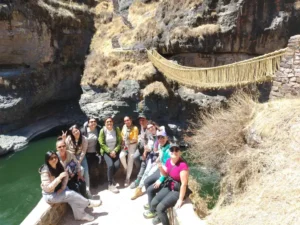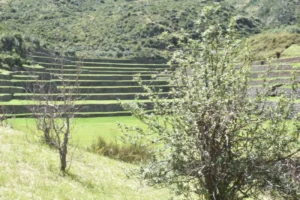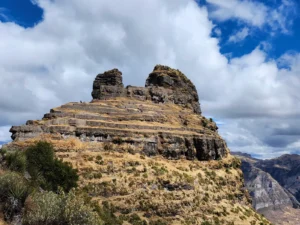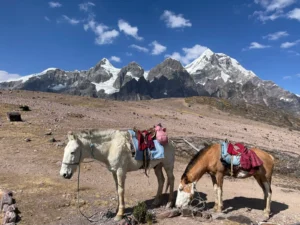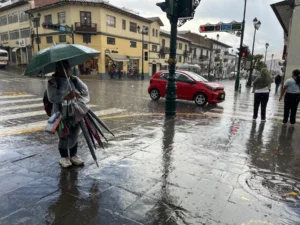Tipón, Cusco: The hidden gem of Inca hydraulic engineering
Just 25 kilometers southeast of the city of Cusco, in the district of Oropesa, lies Tipón, one of the most impressive—and least visited—archaeological complexes in the South Valley. Unlike Machu Picchu or Sacsayhuamán, Tipón does not appear on mass tourist postcards, but for those who discover it, it becomes one of the most memorable experiences of their trip.
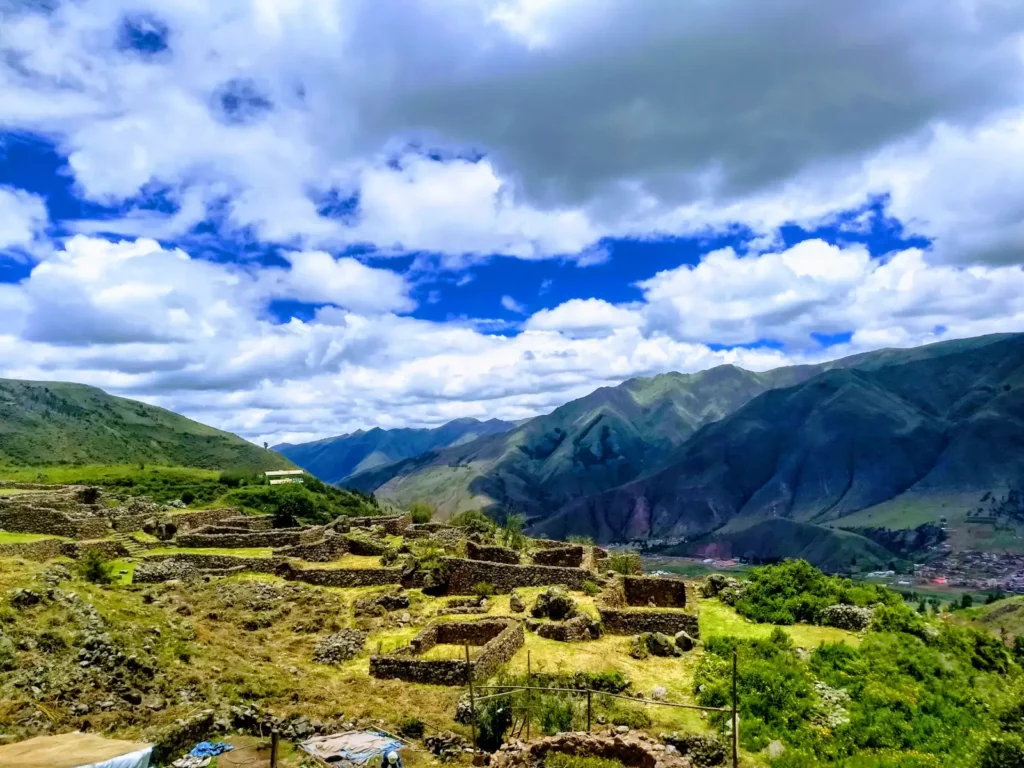
Contents
What is Tipón?
Tipón is an Inca archaeological site used for ceremonial, agricultural, and residential purposes, built on a steep hillside with a technical mastery that still dazzles today. What stands out most—and what makes it unique—is its system of canals and water sources that still function with precision to this day.
The Incas mastered water like few others. At Tipón, they not only controlled it: they celebrated it. The fountains flow with perfectly calculated pressure and direction, fed by a natural spring that Inca engineers redirected with underground tunnels and carved stone channels. The water is not wasted, it does not overflow, it does not stagnate. It is a living system, still in continuous operation after more than 500 years.
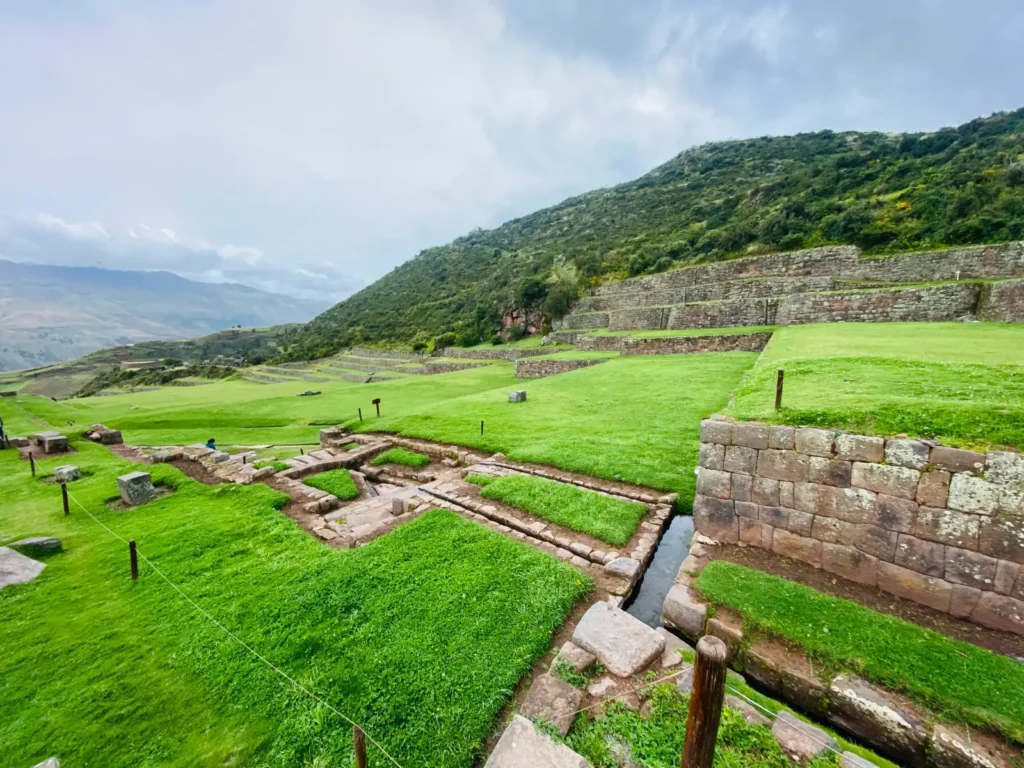
Meaning and history
The name “Tipón” could derive from the Quechua word “t’ipuq,” which means ‘boiler’ or “place where water gushes forth,” in reference to its springs. Some researchers also suggest that it could have been a hydraulic laboratory or an agricultural experimentation center, where irrigation techniques were tested on terraces at different heights.
It is believed that Tipón was built during the reign of Yahuar Huácac or Viracocha Inca, and that it served as a royal residence or rest center for the Cusco nobility. Its strategic location, overlooking the valley and protected by hills, made it an ideal place for contemplation, ceremony, and agricultural administration.

What you will see when visiting Tipón
As you explore the site, you will encounter:
- Twelve monumental agricultural terraces, perfectly aligned and with finely carved stone retaining walls.
- Water channels that wind throughout the complex, some visible, others hidden underground.
- Ceremonial fountains where water flows constantly, even in the dry season.
- Stone enclosures and walls that suggest residential and administrative areas.
- A natural viewpoint from which you can see the entire valley and the ingenuity of Inca design.
One of the most striking moments is to stop by the main fountain, close your eyes, and listen to the sound of water flowing continuously. It is a sensory experience that connects directly with the Andean worldview, where water is not a resource, but a deity.
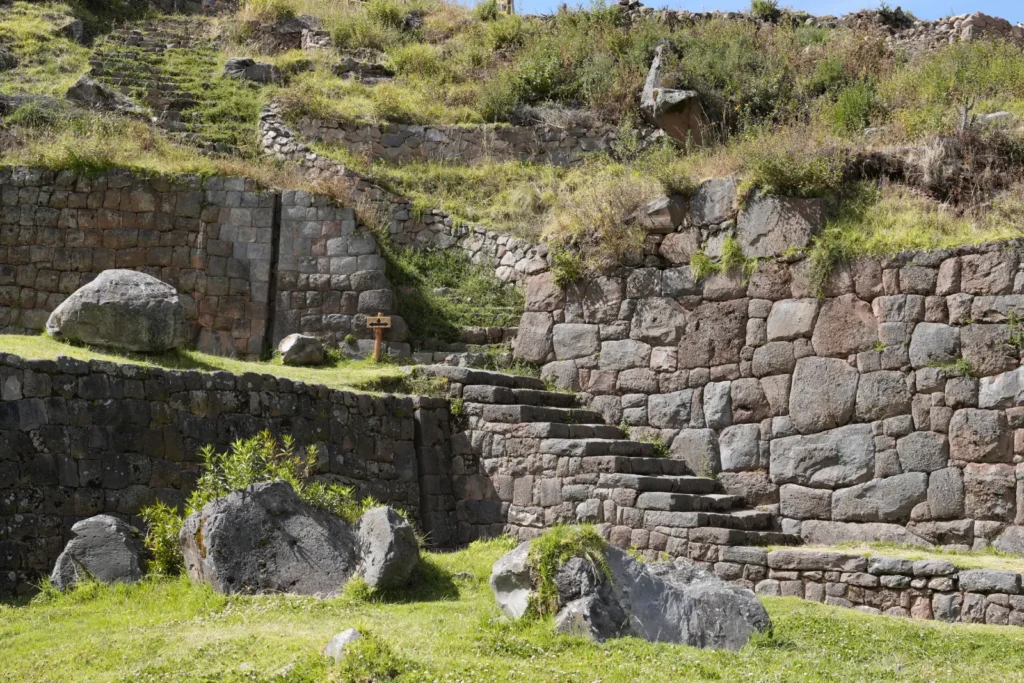
How to get to Tipón?
Tipón is about a 45-minute drive from Cusco’s Plaza de Armas. You can get there by public transportation (buses going to Oropesa or Huacarpay), on an organized tour, or by private taxi. Admission is included in the Cusco Tourist Ticket (BTC), on circuit 2, along with Piquillacta, Andahuaylillas, and other sites in the South Valley.
The walk within the site is moderate, with some slopes, but accessible to most visitors. It is recommended to bring water, sunscreen, a hat, and comfortable shoes.
When is the best time to visit?
As with most archaeological sites in Cusco, the dry season (April to October) is ideal. The sky is clearer, the roads are dry, and the light is perfect for appreciating the details of the architecture and the shadows cast by the water channels.
If you visit during the rainy season (November to March), the landscape is greener and the fountains even more abundant, but you should be prepared for slippery roads and possible low clouds.
Why Tipón deserves to be on your itinerary
Tipón is not a place for quick selfies. It is a place to walk slowly, observe, listen, and learn. It is ideal for:
Furthermore, as it is on Tourist Ticket Circuit 2, you can easily combine it with other nearby destinations, such as the temple of San Pedro Apóstol de Andahuaylillas—known as the “Sistine Chapel of America”—or the ruins of Piquillacta, the administrative city of the Wari culture.
- Those who seek to understand Inca engineering beyond giant stones.
- Lovers of sustainable architecture and ancestral water management.
- Travelers who want to avoid crowds and enjoy a peaceful archaeological site.
- Students, researchers, or curious individuals interested in agriculture, hydraulics, or the Andean worldview.
Tips for your visit
- Arrive early to enjoy the site without crowds.
- Hire a local guide: many architectural and symbolic details go unnoticed without explanation.
- Bring a bottle of water, even though the water there is drinkable—drinking directly from the ceremonial fountains is not allowed.
- Respect the silence and energy of the place: Tipón was, and continues to be, a sacred space.
Conclusion
Tipón is much more than a series of terraces and canals. It is a living testament to Inca genius, a place where nature and architecture interact in perfect harmony, and where water—a sacred element—continues to flow as it did centuries ago. In a world where the old is often replaced by the new, Tipón reminds us that some solutions from the past were not only advanced, but also sustainable, beautiful, and deeply spiritual.
If you are in Cusco and want an authentic experience, far from mass tourism, Tipón should be on your list. You won’t regret it.


